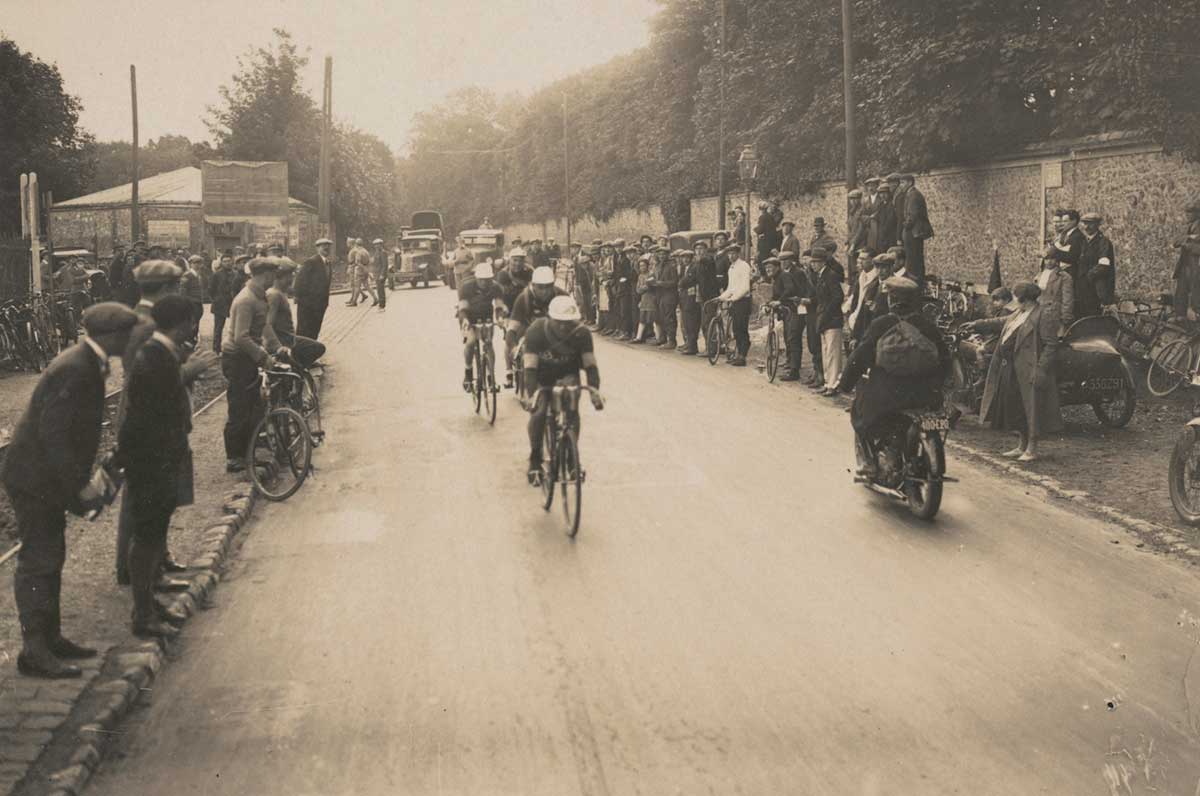Since the 1870s, generations of bicycle-riding explorers, adventurers and athletes have tested their wills, bodies and machines against the vast distances of the Australian continent. Some have pushed themselves to the limit for glory, some to earn sponsorship dollars, and others simply because they wanted to get from one place to another.
As the number of bicycles increased during the late 19th and early 20th centuries, Australians took up touring, rambling from town to town on leisurely longer rides. Cycle touring declined in popularity after the Second World War, as many people started travelling in cars.
By the 1980s, however, long-distance recreational rides made a comeback through mass participation events and randonneuring, a non-competitive sport in which cyclists aim to complete a set course within a specified time limit.
Freewheeling told the story of Hubert Opperman, one of Australia's most successful long-distance cyclists, and an international cycling celebrity after his performance in the 1928 Tour de France. The exhibition also profiled a more contemporary record breaker, Peter Heal.
